June 22, 2010
2010 Asian odyssey: Shanghai World Expo, Kuala Lumpur, and more! (Part 6)
By Simon J. Lau
I arrived in Shanghai a few days ago and there’s something about this city that has really resonated with me. There always seems to be something to do and see here, which might explain its broad appeal. If I were to compare it to other US cities, Shanghai is to Beijing as New York City is to Washington, DC. In just three days, I’ve had the chance to explore the World Expo, stroll through the French Concession, and take pictures by The Bund. It’s been an exciting week, but before I dive into my new pictures of Shanghai, I wanted to share some photos of Beijing I forgot to post.
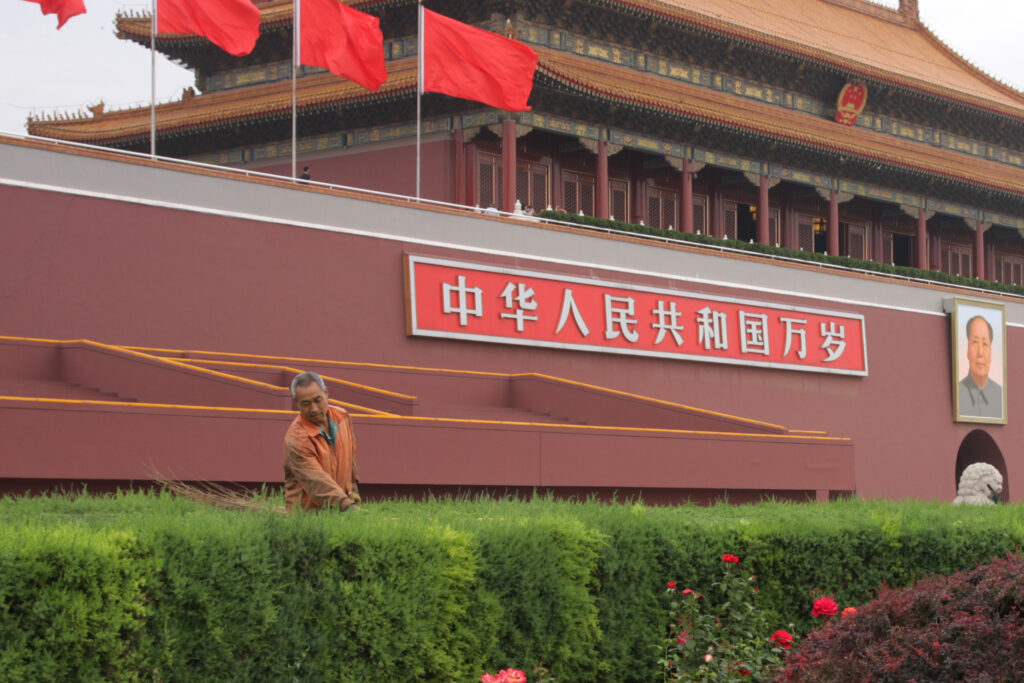
Here’s a picture of the lawn in front of Tiananmen Gate. What I liked most about this photo was that it captured, on one end, the gardener working on the shrubs, and at the other end, the iconic portrait of Chairman Mao wearing his Mao suit. Before the Mao suit was named as such, it was the Chinese equivalent of the Western business suit. After Mao took power in 1949, he encouraged everyone to wear these suits to promote a sense of equality among the people. It’s hard to gauge even now the progress Mao made toward that vision, but these days, the population is stratified by income and wealth. This photo captures some of that irony: Mao championed the laborers, yet the photo illustrates a reversal of the status of the working class in modern Chinese society, even under the watchful gaze of the Chairman himself.
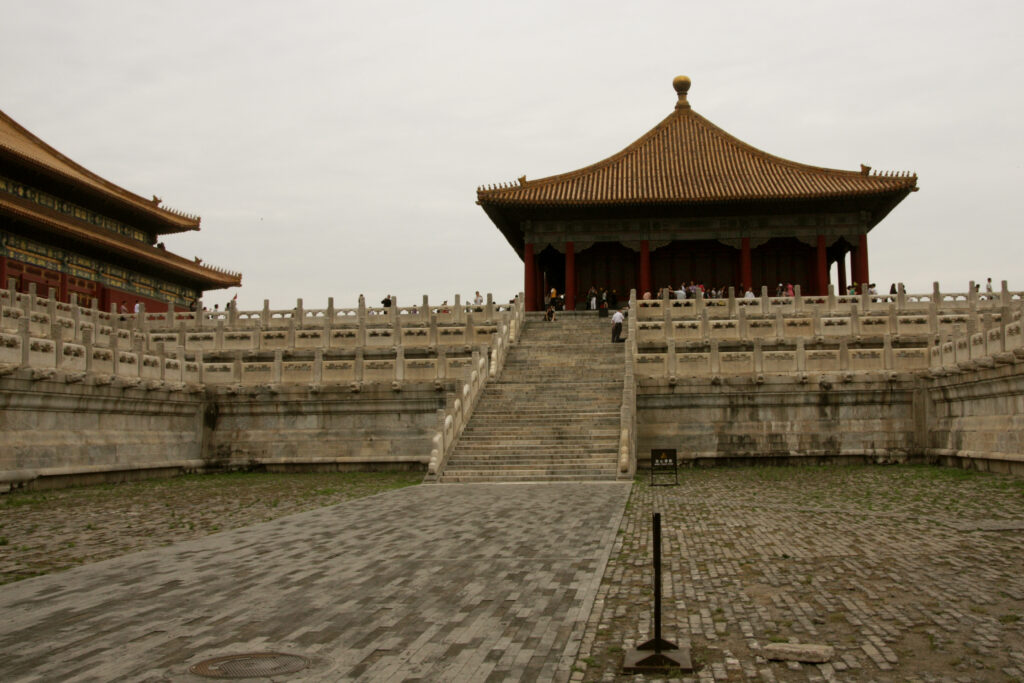
Here’s a photo of the Forbidden City in Beijing. It served as the imperial palace for the Chinese royal family and was built in the 15th century. Primarily, it consists of residences where the emperors’ concubines and first wives lived, along with several large courts for official business. It wasn’t until 1912, when Pu Yi, the last Emperor of China, was ousted from power, that the area ceased to be the political center of China.
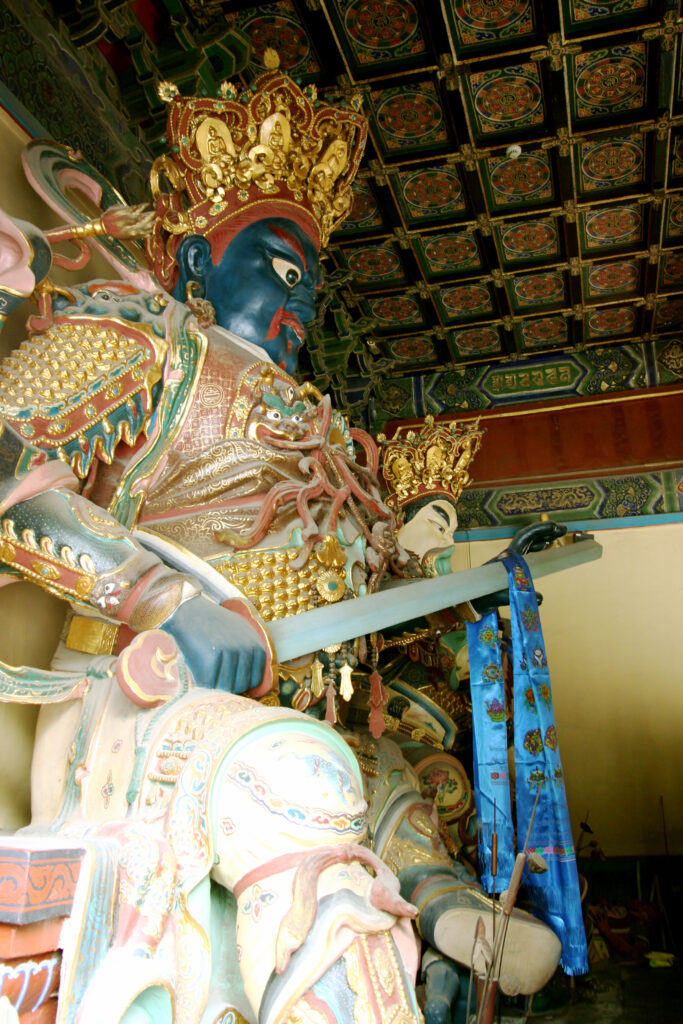
This is the Yonghe Temple, also known as the Lama Temple, in Beijing. It’s one of the largest Tibetan Buddhist temples globally and a place where many monks come to study. I wanted to take better pictures, but like other temples, photography inside wasn’t allowed (this photo was taken outside looking in). There were many people burning incense, creating a peaceful atmosphere. In fact, it was so peaceful that I even took a cat nap on one of the park benches.
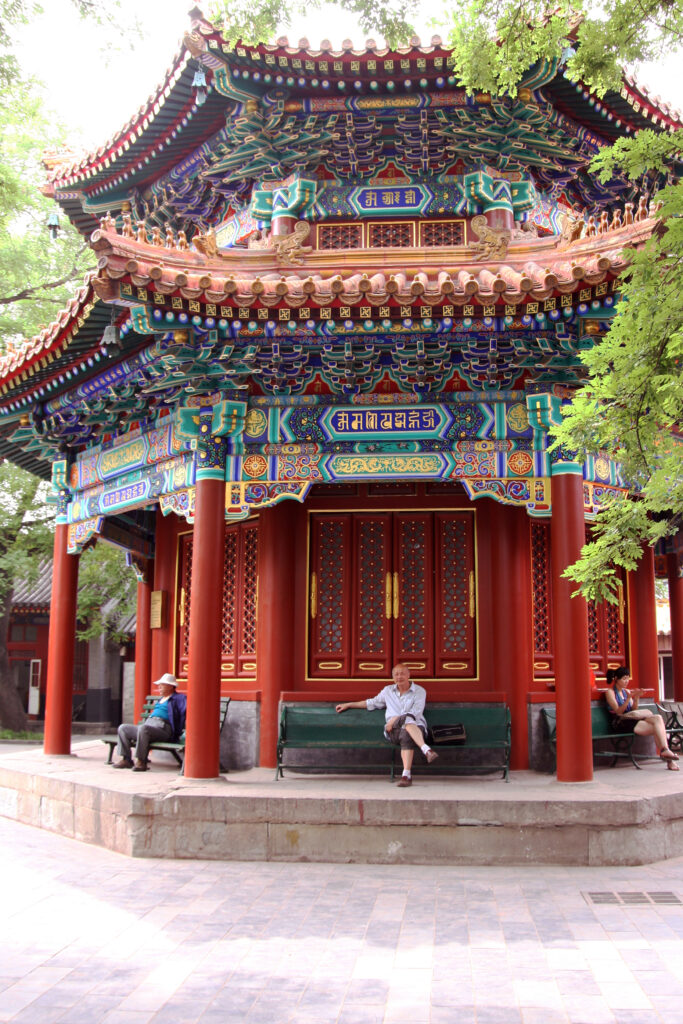
Another photo of the Lama Temple. I was struck by the vibrant use of color here.
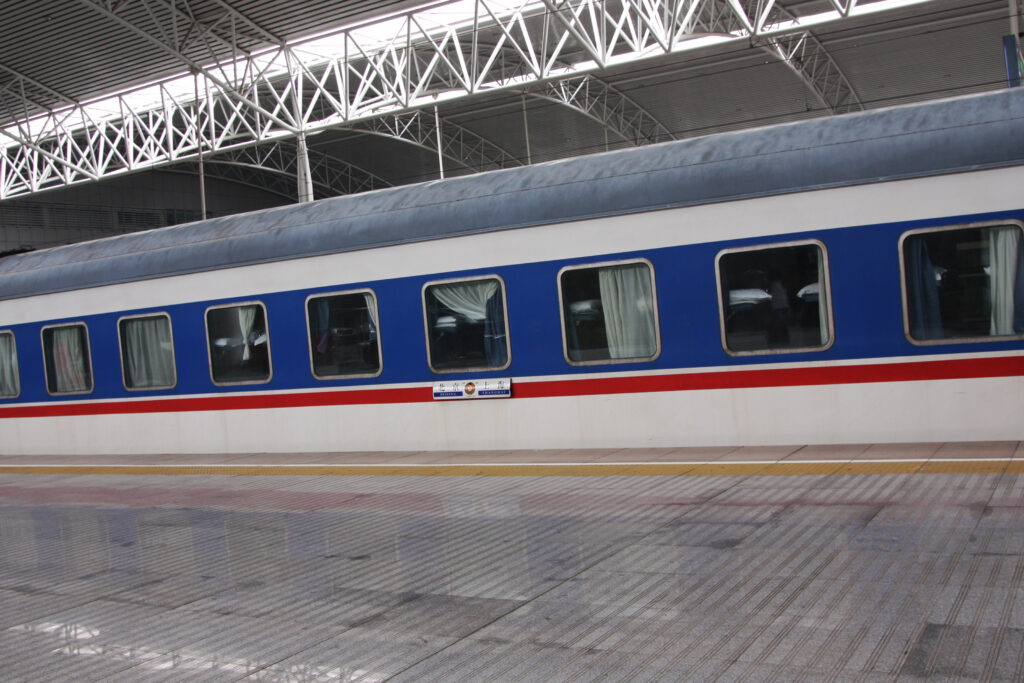
This was the train I rode from Beijing to Shanghai and it was the worst trip of my life. I ended up with what they call a “hard seat” (the second lowest of five levels of seating). I endured a grueling 13-hour train ride in one of these cabins, crammed with people. Imagine stripping away all the cushions from an economy class seat on an airplane, then adding 100 people into the aisles. The place was so crowded that people were sleeping underneath the seats and children were sleeping in the sinks. The “toilets” were just squatters with a hole leading to the train tracks. This was definitely the worst riding experience I’ve ever had. My advice to anyone looking to save a buck on travel in China: Spend a little extra. I was so relieved to finally arrive in Shanghai.

This photo was taken in a shop at Tian Zi Fang, a district known for its artsy establishments. It was recommended to me by one of the hostel workers at Blue Mountain. Tian Zi Fang maintains the architectural style of “Old Shanghai.” The exterior of the buildings follow the structure of the Shikumen, a residential style from the 1860s. The interiors of the buildings have been completely renovated, with restaurants, shops, and homes for many artists.

These are pictures I took at the Bund, opposite the river, in what is known as Puxi. Two of the most well-known buildings in this photograph are the HSBC Bank and the Customs House, located near the middle. They both stand as a testament to Shanghai’s reputation as the “Pearl of the Orient” in the 1920s.

This is the iconic Shanghai skyline, situated on the other side of the Huangpu River in Pudong. Some of the more famous buildings include the Oriental Pearl Tower (far left) and the Jin Mao Tower (tip can be seen on the far right). The Shanghai World Financial Center (cut off in this photo) is the second-largest building in the world, and I hope to make my way to the viewing area on the 100th floor before I leave.




Comments are closed.